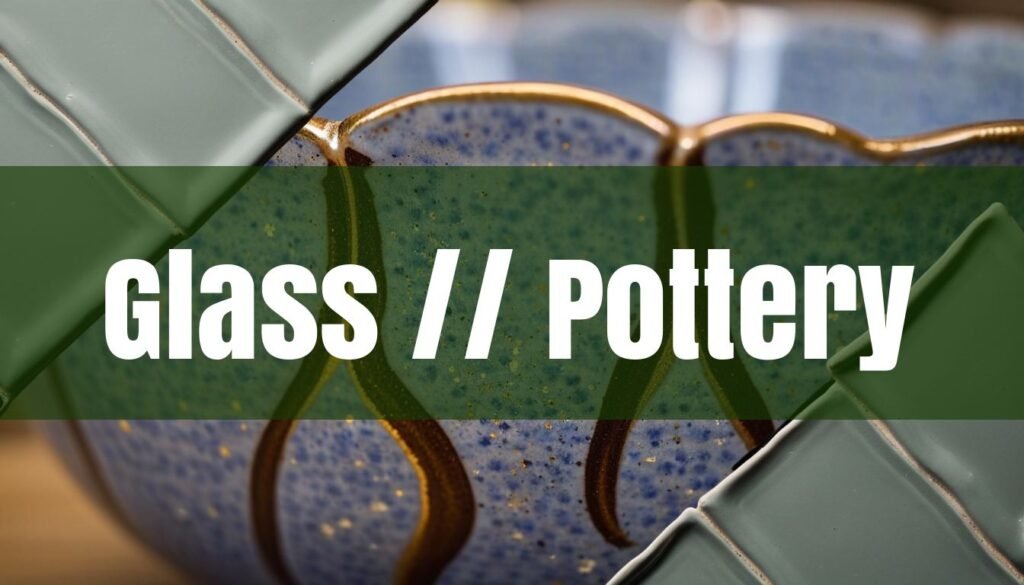Transforming a simple glass vase into a piece that echoes the rustic charm of pottery is a creative endeavor achievable with readily available materials and a touch of ingenuity. The key lies in mimicking the textures, colors, and finishes typically associated with pottery, and this can be accomplished through various techniques involving paint, texturing agents, and sealants. By carefully selecting and applying these elements, you can give a common glass vase an extraordinary makeover, turning it into a decorative item that exudes warmth and character.
To start, consider the type of paint that will adhere best to glass while providing a pottery-like finish. Acrylic paints are a popular choice, appreciated for their versatility and ease of use. However, for enhanced durability, especially on a surface that might be handled frequently, specialized glass paints are recommended. Among these, Pebeo Vitrea 160 stands out for its exceptional look and resilience, though it’s noted as a more expensive option. Its gel-like consistency and high pigment concentration allow for rich, vibrant colors that strongly adhere to the glass. For a more budget-friendly alternative, the Plaid FolkArt Enamel paints offer a great starter set with a variety of colors that are easy to mix and apply, and once properly cured, they exhibit good scratch resistance and dishwasher safety. DecoArt Glass Paint is another excellent option, known for its exceptional coverage and durability. This water-based paint self-levels to minimize brushstrokes and provides a smooth, even finish, making it user-friendly for all skill levels. Remember to prepare the glass surface by cleaning it thoroughly with soap and water or rubbing alcohol to remove any oils or residues that could interfere with paint adhesion. You can consider also using underglaze to create your design. After the paint, the surface might be ready for unlocking ceramic surface design.
Texturing Techniques for a Pottery Feel
Achieving a realistic pottery effect on glass heavily relies on adding texture to the surface. Pottery isn’t smooth like glass, so introducing texture is critical. One simple method involves mixing baking powder with paint to create a thicker consistency that can be dabbed onto the glass surface. For a fluffier, mousse-like texture, add enough baking powder until the paint reaches the desired consistency. Alternatively, you can use spackling compound for a highly textured surface. Apply a generous amount of spackling for a thick texture or a lighter application for a more subtle effect, waiting until it’s dry before painting over it. Another approach is to use caulk, smearing it onto the glass and allowing it to dry before painting. For an even more pronounced texture, consider adding coarse salt to your baking soda paint mixture. When applying the textured paint, use a foam or bristle brush and dab the paint thickly onto the glass, employing horizontal strokes to mimic the look of thrown pottery or any stroke pattern that suits your artistic vision. If you’re not achieving the texture you want, your paint may be too thin, so adjust the mixture accordingly. Joint compound can also be used to create texture, applied with gloved hands or an old paintbrush to create a natural texture around the vase. Experiment with different techniques and materials to find the combination that best achieves the pottery-like texture you desire.
Creating a Matte Finish and Selecting Color Palettes
To truly emulate the look of unglazed pottery, achieving a matte finish on the glass surface is essential. Unlike the glossy surface of glass, pottery typically has a matte or satin appearance, which diffuses light and adds to its earthy aesthetic. While there are matte finish sprays available, such as Krylon Matte Sealer Chalky Finish, which are designed to maintain the look of chalky finish paints without adding unwanted shine, you can also achieve a matte finish through the careful selection of paint. Matte paints, as opposed to glossy or satin paints, naturally create a less reflective surface. For example, a matte gel medium can be applied as a top coat to dull the appearance of the paint and reduce glare.
Choosing the right color palette is also crucial for replicating the pottery aesthetic. Earthy tones such as browns, creams, grays, and muted blues and greens are commonly associated with pottery. Consider color combinations inspired by nature, such as sandy beige with terracotta accents or a gradient of mossy greens. You can find inspiration from ceramic color palettes online, which offer a range of color schemes derived from ceramic images, helping you choose the perfect color combinations for your project. Whether you opt for a monochromatic scheme or a more complex palette, selecting colors that evoke a sense of warmth, rusticity, and natural beauty will enhance the pottery-like appearance of your glass vase.
By following these techniques, you can transform an ordinary glass vase into a stunning piece that resembles handmade pottery, adding a touch of artisanal charm to your home decor.





